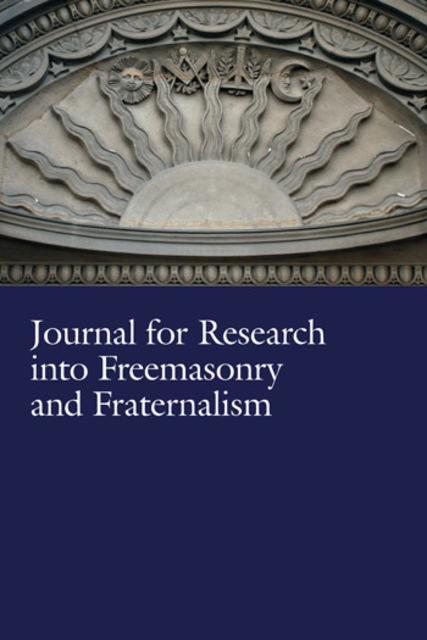Evangelical Churches and Freemasonry in Mid-Nineteenth Century Calais, Maine and St. Stephen, New Brunswick

Full description
The impact of the decline and resurrection of nineteenth century freemasonry on the Canadian-American borderlands has only recently attracted scholarly attention. Antimasonry’s significance within American political history is obviously less transferrable to British North America. However, the antimasonic movement reflected broader anxieties concerning social distinctions, gender, and Christianity, especially evangelicalism. This paper explores the relationship between evangelicalism and freemasonry in New Brunswick and eastern Maine, with a particular focus on coastal communities. On the one hand, early borderlands lodges reflected the increased Christianization of American masonry, and evangelicals were divided or ambivalent concerning antimasonry. Yet antimasonry was strong enough to close nearly all New Brunswick lodges for 15 years, After the 1840s, evangelical churches began their rapprochement with freemasonry. These changes reflected not only the lessening of political controversies, but the extent to which both the fraternal and the evangelical versions of masculinity had become more socially mainstream.
- typeImage
- created on
- file formatjpeg
- file size67 KB
- container titleJournal for Research into Freemasonry and Fraternalism
- creatorHannah M. Lane
- issnISSN: 1757-2479 (online)
- issue2.1
- publisherEquinox Publishing Ltd.
- publisher placeSheffield, United Kingdom
- rightsEquinox Publishing Ltd.
- series titleThis journal has ceased publication
We use cookies to analyze our traffic. Please decide if you are willing to accept cookies from our website. You can change this setting anytime in Privacy Settings.
